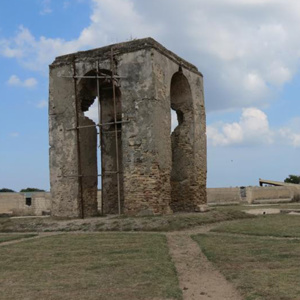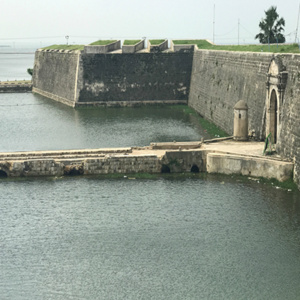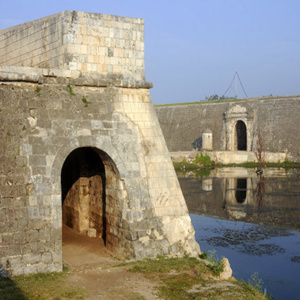Jaffna, in the Northern Province of Sri Lanka can be said to be the epitome of Hindu-Tamil culture. But history reveals that Buddhism spread to the North and other areas in the country as well. When the Polonnaruwa kingdom fell in the 13th century AD, a separate political administration came up in the Jaffna peninsula, which is also termed the Nagadipa and it became the trade route between India and Sri Lanka at the time.
Jaffna no doubt has many archeological monuments that date back centuries ago, one of which is the Dutch Fort, although today these sites are only seen as ruins and relics of a rich past. The Jaffna Fort stands as the second biggest Dutch Fort that was built in Sri Lanka. The ramparts have been destroyed during the ethnic war, but on the outside of the moat lies an outer rampart which possess five tunnels that have a twin formation. The tunnels are no doubt in good condition, but to not have doors, although there is evidence that doors must have been available in early times.
All monuments have been destroyed during the ethnic war, and the only one that could be identified as of today is the Queen’s Palace. There is also a short parapet wall which surprisingly has been spared of destruction. At the rear part of the building is a rampart with an ornate trellis balustrade. It is said that this path must have been used by the Dutch to smuggle arms to the rampart. A verandah that has two ponds and is of Dutch culture and architectural style has been a part of the Queen’s palace in the years of yore.
The Dutch church is no longer in existence as it has faced the wrath of the ethnic war.
Jaffna is one of the most beautiful locations in Sri Lanka and today has been developed striving to restore its past glory.









